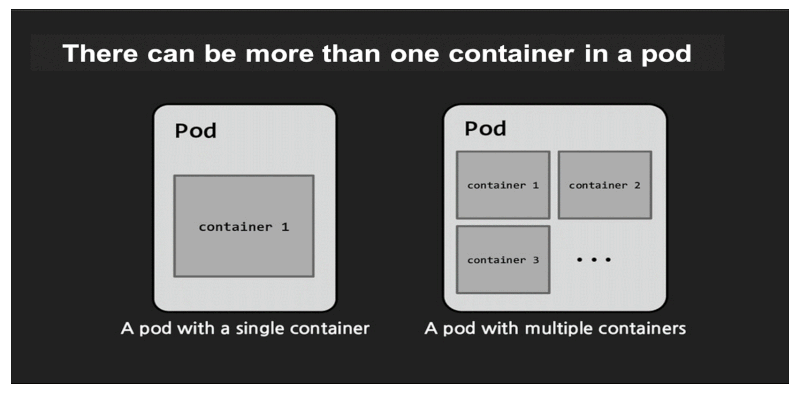-
My friend: Hi Ibrahim, I have a question for you.
- Me: Please, go ahead.
-
My friend: I have some confusion regarding containers and pods, so can you shed some light about it?
- Me: Sure. Container is a lightweight, stand-alone, and executable package that encapsulates everything needed to run a piece of software, including the code, runtime, libraries, and system tools. Containers are built from images that provide a consistent and reproducible environment, thereby solving the age-old problem of “it works on my machine.” In essence, containers have standardized the way software is packaged, distributed, and executed, making it easier than ever to ensure consistency across various deployment environments.
-
My friend: So, what about Pod?
- Me: Actually, the Pod terminology came with Kubernetes as unlike traditional container management systems where containers are the atomic unit of deployment, Kubernetes introduces an additional layer of abstraction known as a “Pod” which is the smallest unit that can be deployed and managed by Kubernetes. In other words, if you need to run a single container in Kubernetes, then you need to create a Pod for that container. A Pod is essentially a group of one or more containers that are deployed together on the same host machine. These containers share storage, CPU, and network resources, making them a tightly coupled application unit. So, you can think of a pod as a logical unit that groups tightly coupled containers that need to work together.
-
My friend: But why does Kubernetes use a Pod as the smallest deployable unit, and not a single container?
- Me: While it would seem simpler to just deploy a single container directly, there are good reasons to add a layer of abstraction represented by the Pod. A container is an existing entity, which refers to a specific thing. That specific thing might be a Docker container, rkt container, etc. Each of these containers has different requirements. Also, Kubernetes needs additional information for container management, so instead of overloading the existing “thing” with additional properties, Kubernetes architects have decided to use a new entity, the Pod, that logically contains (wraps) one or more containers that should be managed as a single entity.
-
My friend: Thank you so much, you made it very clear.
- Me: You are most welcome.
Please press the like and share buttons to spread this info.

LinkedIn: ![]()